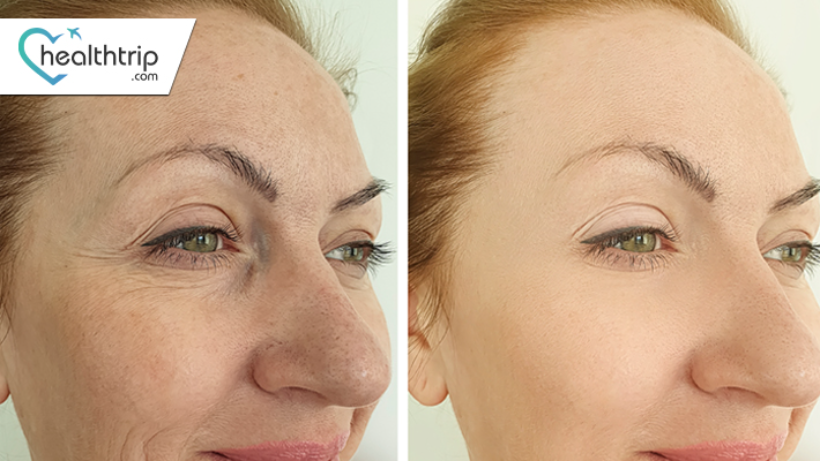
Chemical Peels: What to Expect Before, During, and After
16 Nov, 2023
 Healthtrip Team
Healthtrip TeamChemical peels have emerged as a cornerstone in the realm of cosmetic dermatology, offering a pathway to rejuvenated, healthier-looking skin. These treatments, involving the application of a chemical solution to the skin, are designed to exfoliate and eventually peel off the outermost layers, revealing smoother, less wrinkled, and more vibrant skin beneath. Whether you're grappling with signs of aging, acne scars, sun damage, or simply seeking a fresher skin appearance, understanding the nuances of chemical peels is crucial. This comprehensive guide aims to demystify the process, walking you through what to expect before, during, and after a chemical peel.
Transform Your Beauty, Boost Your Confidence
Find the right cosmetic procedure for your needs.

We specialize in a wide range of cosmetic procedures

Before the Chemical Peel
Embarking on a chemical peel treatment involves several preparatory steps to ensure the safety and effectiveness of the procedure. Here's what you should expect and do before undergoing a chemical peel:
1. Initial Consultation and Skin Assessment
a. Choosing the Right Peel:
- Dermatologist Evaluation: Your journey begins with a consultation with a dermatologist or skincare professional. They will evaluate your skin type, condition, and concerns. This assessment is crucial to determine the most suitable type of chemical peel for you.
- Skin Analysis: The specialist will examine your skin for factors like texture, tone, the presence of wrinkles, acne, scars, and pigmentation issues. They may use tools or imaging technology for a more in-depth analysis.
- Discussing Goals and Expectations: It's important to discuss your skincare goals and expectations with your dermatologist. Whether you're aiming to reduce signs of aging, treat acne scars, or improve overall skin tone, your goals will guide the choice of peel.
b. Medical History Review:
- Health and Medication History: A thorough review of your medical history, including any known allergies, previous skin treatments, and current medications, is essential. Some conditions and medications can affect your skin's reaction to a peel or healing process.
- Lifestyle Factors: Your dermatologist may also inquire about your lifestyle, including sun exposure habits, diet, and smoking, as these can impact the treatment and recovery.
Most popular procedures in
Laparoscopic Cystect
Upto 80% off
90% Rated
Satisfactory
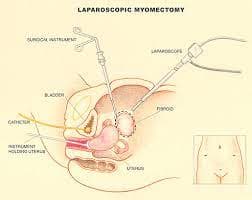
Laparoscopic Myomect
Upto 80% off
90% Rated
Satisfactory
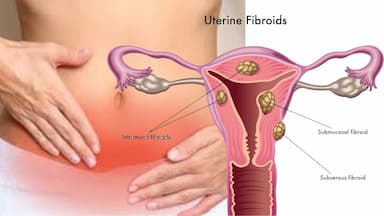
LAVH
Upto 80% off
90% Rated
Satisfactory
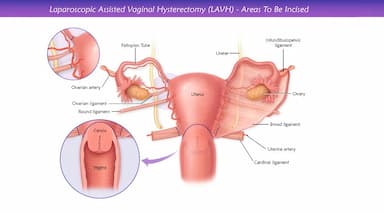
NOTE
Upto 80% off
90% Rated
Satisfactory
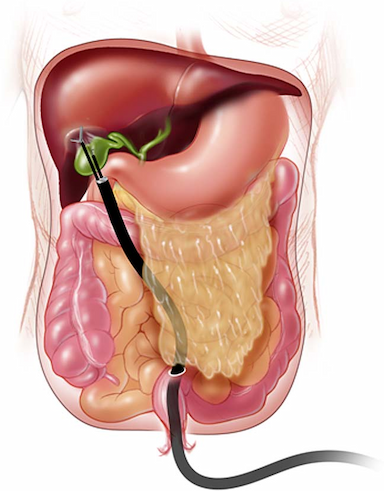
CABG
Upto 80% off
90% Rated
Satisfactory
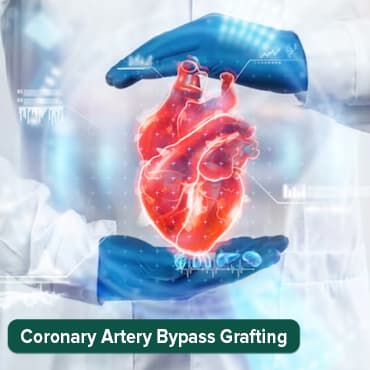
2. Pre-Treatment Instructions
a. Discontinuing Certain Products:
- Adjusting Skincare Routine: You may be advised to stop using certain skincare products that could interfere with the peel's effectiveness or increase sensitivity. These typically include products containing retinoids, alpha hydroxy acids (AHAs), beta hydroxy acids (BHAs), and benzoyl peroxide.
- Time Frame: The time frame for discontinuing these products can range from a few days to several weeks before the peel, depending on their nature and your skin's sensitivity.
b. Medication Considerations:
- Informing About All Medications: It's crucial to inform your dermatologist about all the medications you are taking, including over-the-counter drugs and supplements.
- Possible Adjustments: Your dermatologist might recommend temporarily discontinuing or adjusting certain medications, particularly those that affect skin sensitivity or blood clotting.
c. Sun Protection:
- Avoiding Sun Exposure: Minimize sun exposure for a period before the peel, as advised by your dermatologist. Sun-damaged or tanned skin can have adverse reactions to chemical peels.
- Using Sunscreen: Apply a broad-spectrum sunscreen daily, even on cloudy days, to protect your skin from UV damage.
Learn More: Types of Chemical Peels: Choose the Right One for You (healthtrip.com)
During the Chemical Peel: A Detailed Look
1. Application Process
a. Cleansing:
- Thorough Cleaning: The specialist begins by thoroughly cleansing your skin to remove all traces of oil, makeup, and dirt. This step is crucial for the effectiveness of the peel.
- Degreasing: Some peels may require an additional degreasing step using an alcohol-based solution. This ensures that the peel penetrates evenly.
b. Applying the Peel:
- Methodical Application: The chemical solution is applied methodically, often starting from the forehead, moving to the cheeks, nose, chin, and other areas. The application must be even and controlled.
- Layering Technique: For certain peels, especially medium and deep peels, the solution may be applied in multiple layers. Each layer increases the depth of the peel.
- Timing: The time the solution stays on your skin is carefully timed. It varies depending on the type of peel and the desired depth of treatment.
c. Sensation During the Peel:
- Initial Sensation: As the peel is applied, you may feel a tingling or burning sensation. This is normal and indicates that the peel is active.
- Intensity of Sensation: The intensity of the sensation can vary. Superficial peels often cause mild tingling, while deeper peels can cause a more intense burning sensation.
- Cooling Measures: In some cases, a fan or cool air may be used to help alleviate discomfort.
2. Monitoring Skin Reaction
a. Observation by the Specialist:
- Continuous Monitoring: Throughout the application, the specialist will watch for signs of how your skin is reacting. This includes noting any redness, frosting (when the skin turns a white or grayish color), or unusual reactions.
- Adjustments: Based on your skin's response, the specialist may adjust the duration of the peel. For instance, if the skin shows signs of excessive irritation, the peel may be neutralized earlier than planned.
Duration:
- Superficial Peels: These peels are typically quick, often taking just a few minutes. The solution is applied and then left on the skin for a short period before being neutralized and washed off.
- Medium Peels: These can take longer, often around 5 to 15 minutes. The skin starts to whiten, and the specialist will monitor for the appropriate time to neutralize the peel.
- Deep Peels: The most intense, these peels can take 20 minutes or more. They are often applied in stages and require the most careful monitoring.
Read On : The Role of Diet and Lifestyle in Chemical Peel Recovery (healthtrip.com)
After the Chemical Peel: Essential Care and Expectations
1. Immediate Post-Peel Care
a. Cooling the Skin:
- Soothing Measures: Immediately after the peel, your skin may feel hot and appear red. Cooling the skin with a fan or applying cold compresses can provide relief.
- Reducing Inflammation: These cooling methods help to reduce inflammation and discomfort that may occur immediately after the peel.
b. Neutralizing the Peel:
- Stopping the Acid's Activity: Some chemical peels, especially those that are self-neutralizing, don't require an external neutralizer. However, others may need a neutralizing solution to halt the acid's activity on the skin.
- Rinsing: After neutralization, the skin is often gently rinsed with water or a post-peel solution to ensure no chemical residue remains.
2. Post-Peel Instructions
a. Skincare Routine:
- Gentle Care: Post-peel, it's crucial to use gentle, non-irritating skincare products. Your dermatologist may recommend specific cleansers, moisturizers, and healing ointments.
- Sun Protection: Strict sun protection is vital. Use a broad-spectrum sunscreen with an SPF of 30 or higher, and avoid direct sun exposure as much as possible to protect the new skin.
b. Avoiding Certain Activities:
- Physical Exertion: Avoid strenuous activities and exercise for a few days post-peel, as sweating can irritate the skin.
- Heat Exposure: Stay away from saunas, hot tubs, and hot showers in the initial days following the peel to prevent additional skin irritation.
3. Healing and Results
a. Peeling Process:
- Shedding of Skin: Depending on the depth of the peel, you will experience varying degrees of peeling. This is the process of shedding dead skin cells, revealing new, rejuvenated skin beneath.
- Duration: Peeling usually begins a few days after the treatment and can last from a few days to over a week, depending on the intensity of the peel.
b. Downtime:
- Varies by Peel Type: Superficial peels might have little to no downtime, while medium and deep peels can require a more extended recovery period.
- Activity Limitations: During this time, it's important to follow your dermatologist's advice regarding skincare and activities.
c. Final Results:
- Visible Improvements: After the peeling process is complete, you can expect to see improvements in skin texture, tone, and a reduction in skin imperfections like fine lines, wrinkles, and hyperpigmentation.
- Continued Care: Results can be maintained with proper skincare and protection from sun exposure.
Chemical peels can offer significant benefits for your skin, but it's essential to have them performed by a qualified professional. Understanding what to expect and following pre- and post-treatment instructions can help ensure a safe and effective treatment. Always consult with a dermatologist to determine if a chemical peel is right for you and to discuss any concerns you may have.
Wellness Treatment
Give yourself the time to relax
Lowest Prices Guaranteed!

Lowest Prices Guaranteed!



